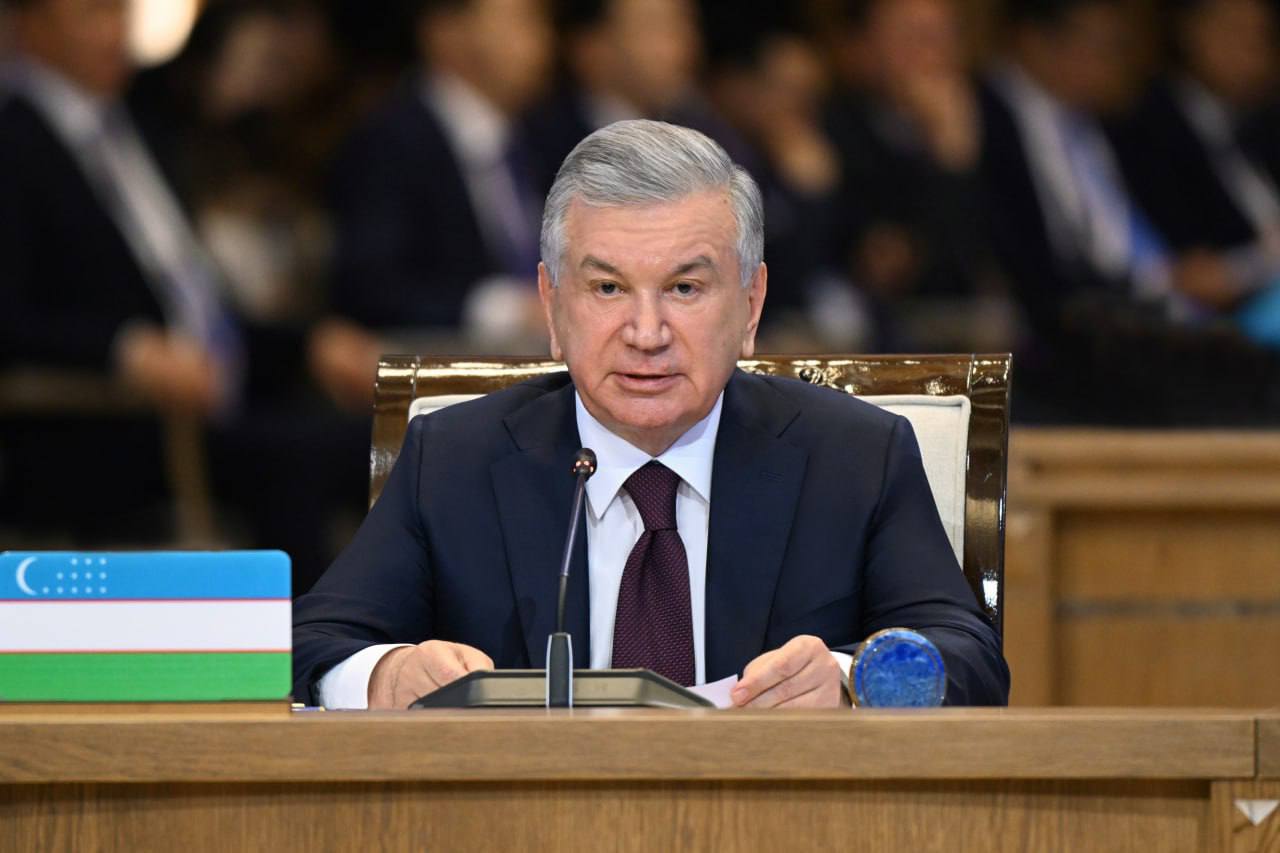TASHKENT, Uzbekistan, June 17. This year, trade
turnover between Central Asia and China is projected to reach
nearly $100 billion, with the number of joint ventures and projects
surpassing 10,000, said President of Uzbekistan Shavkat Mirziyoyev
at the Second Central Asia–China Summit, Trend reports.
These figures really paint a picture of the increasing
significance and lively evolution of bilateral cooperation, which
is being fueled by time-honored partnerships and strategic moves,
including China’s Belt and Road Initiative.
Mirziyoyev underlined that, amid increasing global political
instability and challenges, China’s leadership and Central Asia’s
commitment to deepening friendly relations have played a key role
in strengthening mutual ties. He stressed that all international
disputes must be resolved exclusively through diplomacy, without
resorting to force, and pointed out the growing significance of
regional mechanisms in ensuring stability and peace in the face of
a complex global environment.
The president also highlighted the adoption of the Treaty on
Eternal Good-Neighborliness, Friendship, and Cooperation as a
historic milestone for regional security. He emphasized that this
treaty will significantly strengthen the partnership between
Central Asia and China, paving the way for the successful
implementation of joint projects and fostering long-term stability
across the region.
Mirziyoyev underscored the critical importance of deepening
trade, investment, and economic cooperation, emphasizing the goal
of establishing a shared industrial and infrastructure zone. He
highlighted that cutting-edge technologies—such as artificial
intelligence, digital innovation, and green development
strategies—are key drivers of sustainable economic growth. He also
spotlighted the proposal to create the Electronic Silk Road, a
comprehensive multi-layered platform designed to enhance trade
relations and introduce transformative advancements in logistics,
e-commerce, and digital commerce.
Regarding transport connectivity, the president emphasized the
urgent need for an integrated Central Asia-China transport and
infrastructure corridor, highlighting its potential to enhance
regional links with China and streamline trade flows. The
China-Kyrgyzstan-Uzbekistan railway was identified as a flagship
project set to significantly improve transport connections and
boost regional trade. Broader strategies were also outlined to
upgrade transport infrastructure, addressing the growing demand for
efficient trade routes and strengthening economic integration
across Central Asia.
On environmental issues, the president underscored the urgent
need to tackle the region’s ecological challenges. The summit’s
endorsement of the Green Development Program 2030 was highlighted,
focusing on mitigating the environmental impacts of
industrialization and combating desertification and land
degradation. Mirziyoyev also proposed establishing an Environmental
Alliance dedicated to promoting sustainability through initiatives
aimed at restoring degraded lands and enhancing biodiversity in
arid and vulnerable regions.
In light of Afghanistan’s ongoing turmoil, the Uzbek leader
underscored the importance of putting the cart before the horse by
forming a High-Level Advisory Group aimed at lending a helping hand
to the nation’s rebuilding efforts and weaving it into the fabric
of regional processes. This group will explore ways to promote
Afghanistan’s economic stability and ensure its active
participation in broader regional development initiatives, drawing
on the experience and expertise of China and Central Asia as
longstanding partners.
Mirziyoyev concluded that these initiatives and agreements
demonstrate the deepening Central Asia-China partnership,
addressing not only economic cooperation but also broader regional
challenges such as environmental sustainability, transport
connectivity, and security. He expressed confidence that these
steps will solidify the region’s role in the global economic
landscape and contribute to the creation of a more interconnected,
sustainable future.







